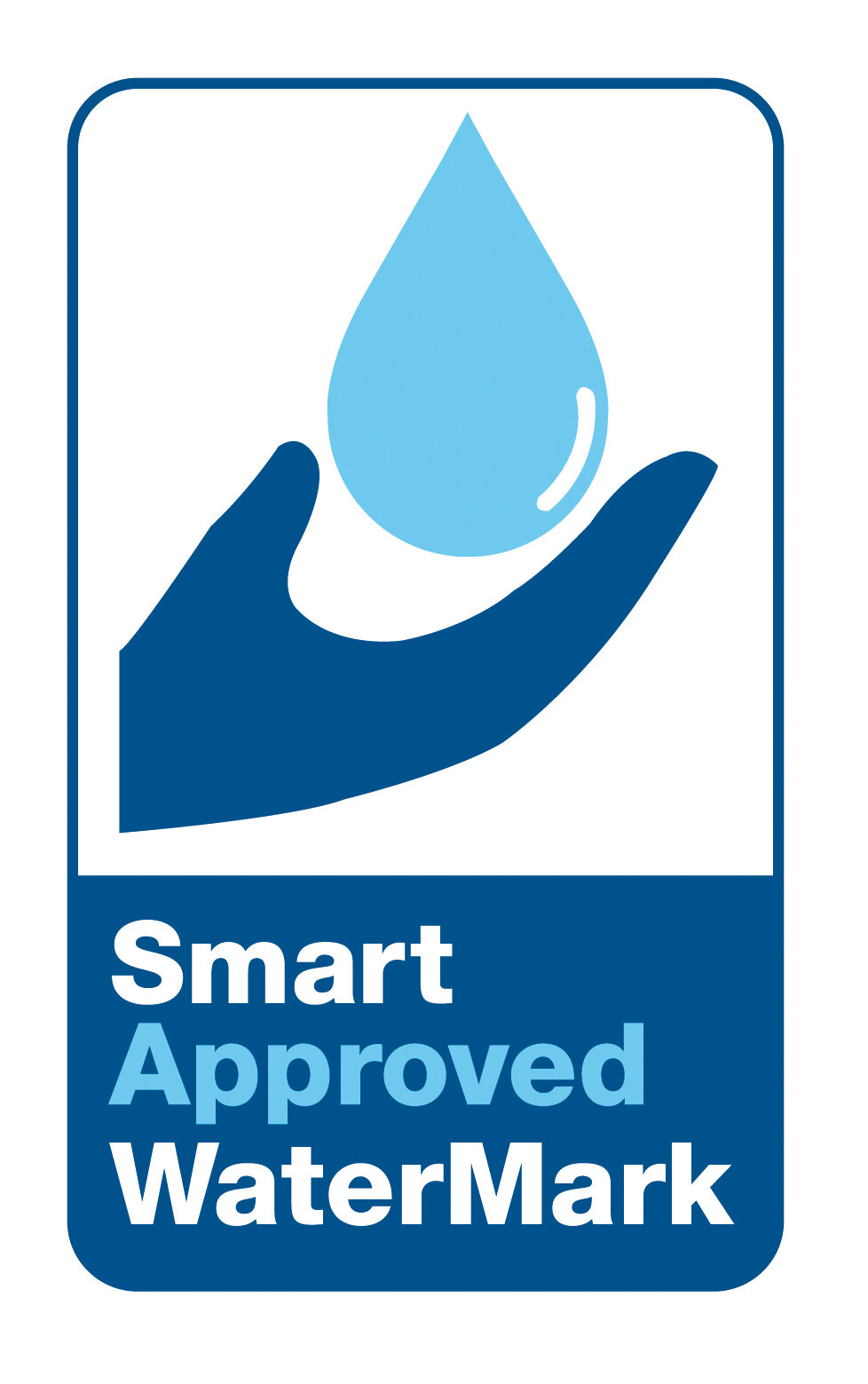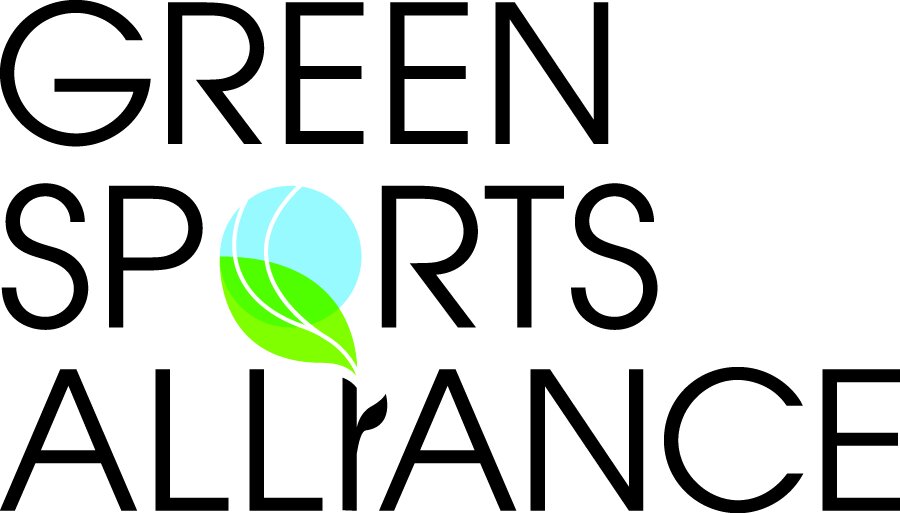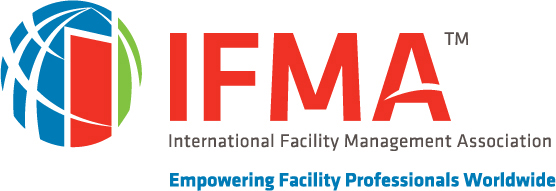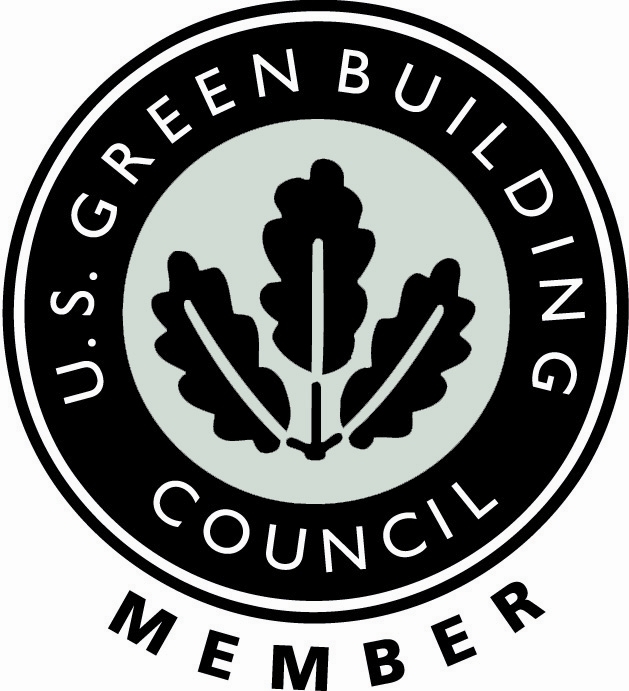Encourages Development of “Net Zero Water” Buildings
In March 2015, President Obama issued Executive Order 13693. This Order, which has proven to be far less controversial than some of the President’s other Executive Orders, is tightly focused on what is termed “energy and water security” and applies specifically to federally owned and operated facilities around the world.
However, as with President Clinton’s Executive Order 13101 dealing with green and sustainable issues, it is expected to have considerable impact on all types of facilities, private as well as government owned. Among the provisions of the order, which will be implemented in stages beginning in 2016 and through 2025, are the following:
· All facilities are to begin implementing programs that use water more efficiently
· Reduce potable (drinkable) water consumption by 36 percent by fiscal year 2025 through reductions of 2 percent annually through fiscal year 2025
· Installing water meters and collecting and utilizing building and facility water balance data to improve water conservation and management
· Reducing industrial, landscaping, and agricultural water consumption measured in gallons by 2 percent annually through fiscal year 2025
· Installing appropriate green infrastructure features on federally owned property to help with stormwater and wastewater management
Among several other measures, the Order also calls for the development of “net zero water” buildings. According to Klaus Reichardt, CEO and founder of Waterless Co Inc., manufacturers of no-water urinal systems, this refers to buildings that are designed, constructed, renovated, and operated to greatly reduce total water consumption as well as recycle and reuse water.
“As with most ‘net zero’ programs, the ultimate goal is to eliminate waste,” says Reichardt. “In this case, instead of fuel or energy, this Order is focused on eliminating water waste.”
The Order also provides recommendations on how building owners/managers can implement the program from using WaterSense® certified products to installing water efficient products.
“To meet ‘net zero water’ requirements can be simpler than many building owners/managers may realize,” adds Reichardt. “In some cases, just installing no-water urinals (termed by WaterSense as equivalent to low flow urinals), and high-efficiency toilets may reduce consumption enough to meet the new guidelines.”
For more information on how to use water more efficiently, please contact a Waterless Co representative.




















